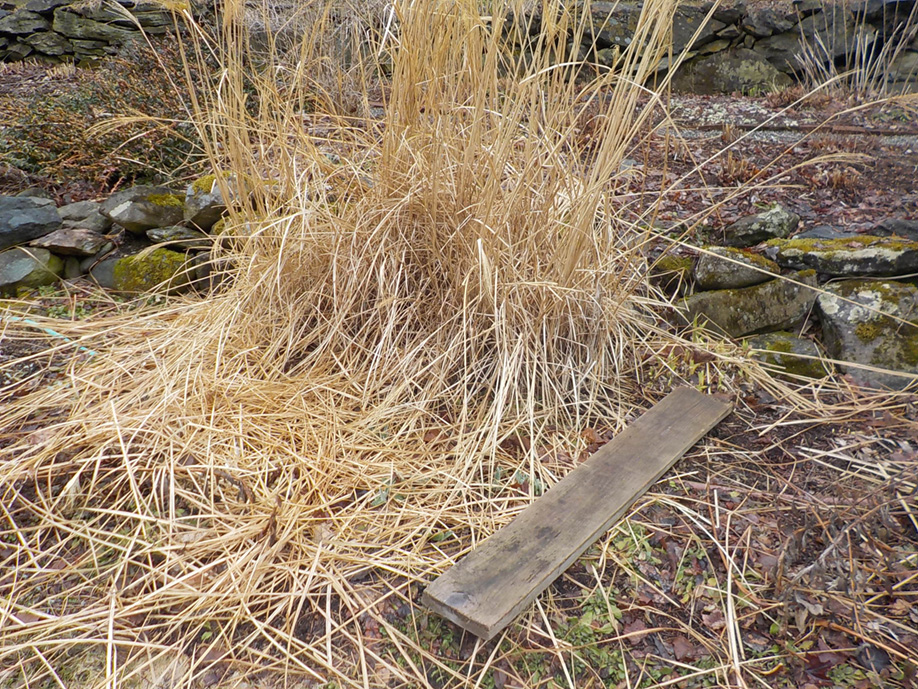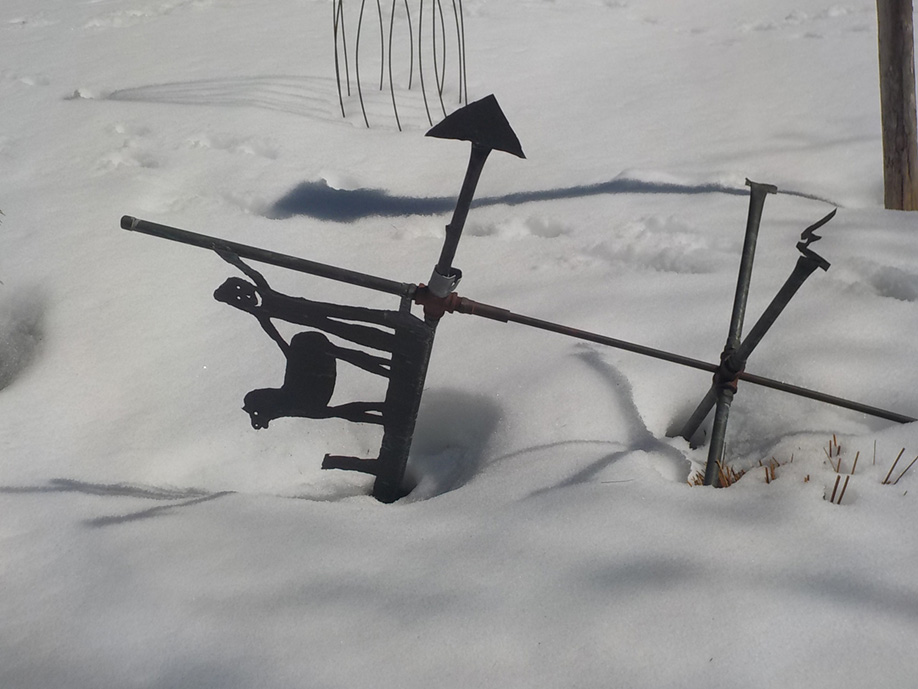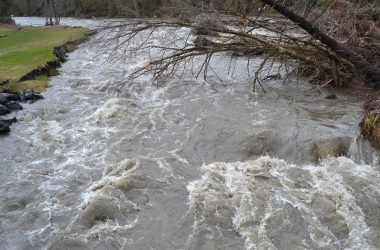
courtesy photo
It’s time to clean out your birdhouses.
by Henry Homeyer
CORNISH FLAT, N.H. – Although I still have some snow around the house here in Cornish, many of you may be looking at brown grass and mud. It will be some time before real spring weather is safely ensconced. We all want to get outside and enjoy warm, sunny days, and most of us are itching to do some work in the garden.
If you do go outside, please be extra careful where you walk. Your lawn and gardens are probably soggy, and your footsteps can easily compact the soil and damage roots. Take a different route to your garden each time you go out. Game trails in the forest can be made by animals as small as a house cat due to compaction if they follow the same path, day after day. Plants do not thrive if their roots are in compacted soil.
I live on a dirt road, and each year the town plows dump sand and gravel mixed with snow on the lawn. I try to shovel that grit and snow back onto the road or haul it away while it is still mixed in with snow to cut down on raking later in spring. Use a soft rake, one with bamboo or plastic tines, when you rake the lawn so you will be less likely to tear up the grass as you rake.

courtesy photo
This gas-powered chipper-shredder helps make mulch and compost materials.
If you have decorative grasses that overwintered, they are probably pretty bedraggled by now. It is better to cut down tall grasses before they start growing. Last year’s stems will not turn green: they grow new stems each year. The only problem you might have now is that they may be in a garden bed that you wish to avoid walking in. I use a serrated knife for the job, but pruners will work, too.
If you want to work in flower beds, find a couple of three-foot long 6- to 8-inch wide planks. Place them in your garden bed and step on them instead of the soil. They will distribute your weight and allow you to work while avoiding the problem of compacting the soil.
If you have bluebird boxes or other nesting boxes, this is a good time to clean them out. I don’t know just when the bluebirds arrive and claim their nesting places, but I want to be ready for them. This would also be a good time to put up a bat house. Bats eat lots of mosquitoes so you should welcome them to your garden. Pre-made bat boxes are available, and directions to make your own are available on-line.
I love art and whimsy in my garden, and have all kinds of interesting art placed around my property. I recently noticed that some of it has tipped or fallen over. Depending on the nature of the whimsy, you might be able to right it now. Others, such as wire sculpture that has rods designed to go into the soil might have to wait. My soil is still frozen, which deterred me from fixing all of mine that needed straightening.

courtesy photo
This plank will let me cut down this decorative grass without compacting the soil.
It’s too early here for me to rake leaves and clean up garden beds that need it. But I am picking up sticks that were blown out of trees. After a little drying time in the barn they will provide me with kindling for my wood stove.
In the past I piled up broken branches each year and burned it all in late winter while there was still plenty of snow around the pile. I have stopped creating burn piles, for two reasons. First, little animals may have settled into the burn pile over the winter, and I don’t want to evict them or possibly kill them. And certainly there are lots of insects that overwinter in dead branches and stems of thing like goldenrod and bee balm which used to go into the burn pile (but are now composted).
The second reason is environmental: the bonfires I enjoyed in the past send up a lot of smoke and air pollution, and I want to avoid doing that. Instead of burning those branches, we bought a chipper/shredder to make chipped branches that can be used on pathways to keep down weeds. Or they can be double-ground and the fine results are good for mulching or mixing with food waste in our compost pile.

courtesy photo
Fix art and whimsy that has fallen this winter
Chipper shredders come in many sizes. We bought a gasoline-powered machine that will allegedly take three-inch stems, but is actually better for things half that size and smaller. Manufacturers want to sell their products, so they tend to exaggerate a bit. But buy the most powerful machine you can afford. Ours cost $600 and is good for our needs.
What don’t they tell you? Chipper/shredders are noisy and can be dangerous. Mine does not start in winter. One pass through the machine makes a rough mixture of shredded branches that is not aesthetically pleasing to my eye as a mulch. But this material is easily dumped in the top hopper for fine grinding. Electric machines are out there, but the ones I’ve tried are not as powerful as a gas-powered machine. Good for small branches and leaves, I suppose.
I’ll start my tomato seedlings around April 10 indoors. These I will plant outdoors around June 10. Vine crops I’ll plant later. Early May will be fine for cukes, squash and pumpkins that will go out in mid-June. I don’t need to tend seedlings any longer than need be.
Spring and summer are just around the corner. So try to be patient and avoid compacting your soil. If you see foot prints in the soil, you should stay off it, or wear your snowshoes to get around the garden.






